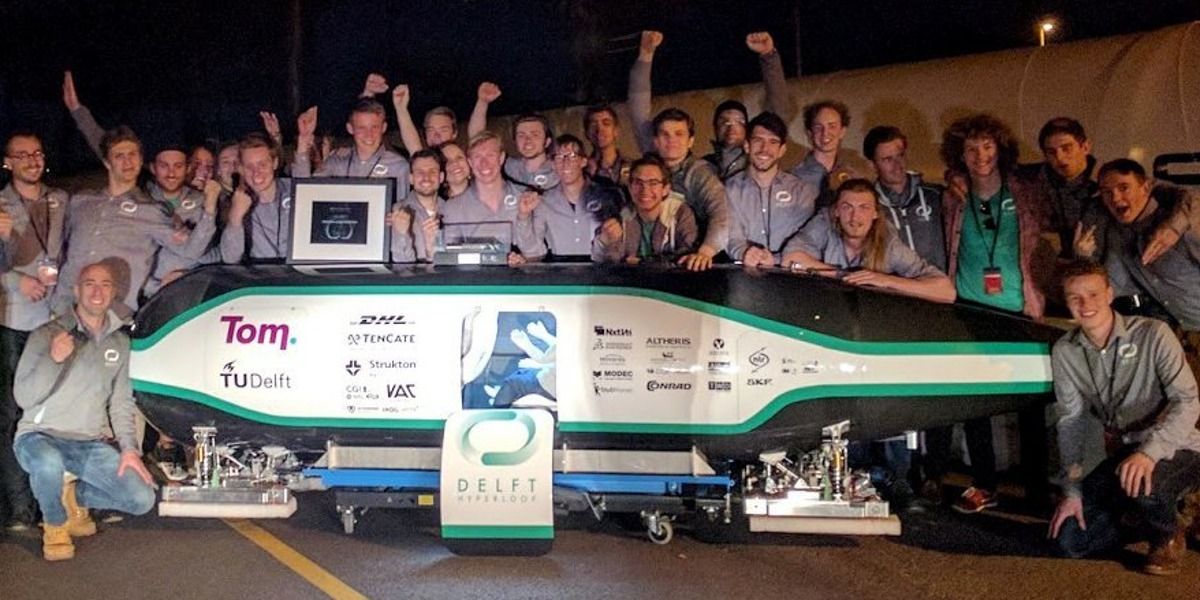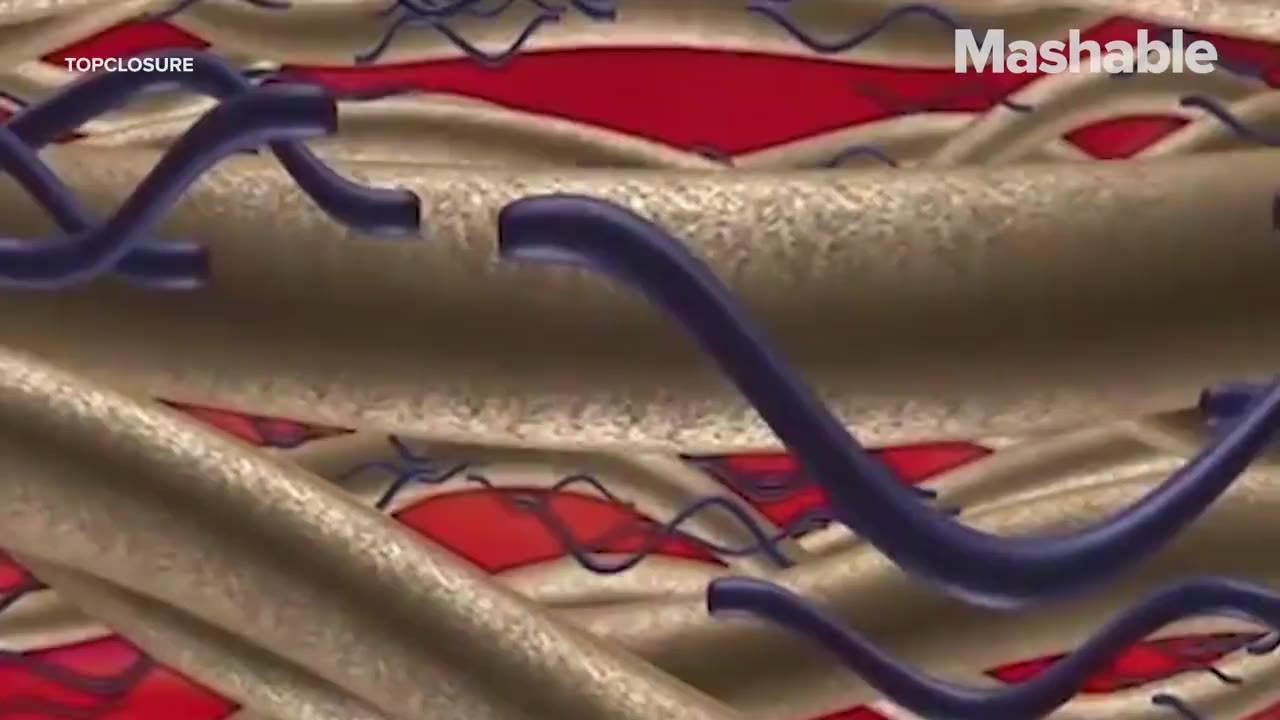Page 10948
Jan 31, 2017
When the Mother of Invention Is a Machine, Who Gets Credit?
Posted by Klaus Baldauf in categories: computing, economics, food, policy
What do the Oral-B CrossAction toothbrush, about a thousand musical compositions and even a few recent food recipes all have in common?
They were invented by computers, but you won’t find a nonhuman credited with any of these creations on U.S. patents. One patent attorney would like to see that changed.
Ryan Abbott is petitioning to address what he sees as more than a quirk in current laws but a fundamental flaw in policy that could have wide-ranging implications in areas of patent jurisprudence, economics and beyond if his proposals are adopted.
Continue reading “When the Mother of Invention Is a Machine, Who Gets Credit?” »
Jan 30, 2017
These Students Just Won the First-Ever Hyperloop Competition
Posted by Shane Hinshaw in categories: Elon Musk, transportation
For kids and teens to make there dreams for the future possible. A resource to find a greater education to grow to be the future of our tomorrow.
Jan 30, 2017
Skin stretching mechanism for wounds
Posted by Shane Hinshaw in category: biotech/medical
Jan 30, 2017
GM and Honda will mass-produce hydrogen fuel cells together
Posted by Bryan Gatton in category: energy
Jan 30, 2017
International Longevity & Cryopreservation Summit
Posted by Steve Hill in categories: cryonics, life extension
New H+ Longevity and Cryo event in Spain!
The First Longevity and Cryonics event in Spain will be held on May 26–28 2017 In Madrid.
Jan 30, 2017
Boeing ‘base station’ concept would autonomously refuel military drones
Posted by Shane Hinshaw in categories: drones, military, robotics/AI
Jan 30, 2017
Physicists ‘have substantial evidence’ our universe is a HOLOGRAM
Posted by Dan Kummer in categories: holograms, mathematics, physics

The researchers from the University of Southampton, working with colleagues in Canada and Italy, claim there is as much evidence for this theory as for traditional explanations for these irregularities.
A holographic universe, an idea first suggested in the 1990s, is one where all the information, which makes up our 3D ‘reality’is contained in a 2D surface on its boundaries.
Continue reading “Physicists ‘have substantial evidence’ our universe is a HOLOGRAM” »
















